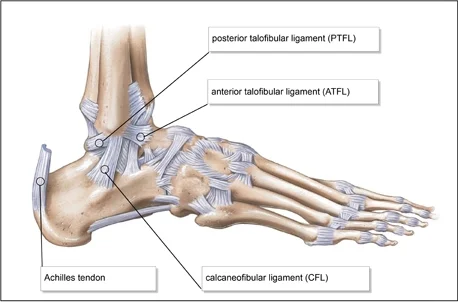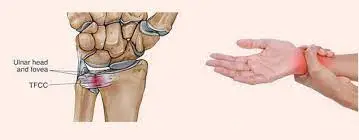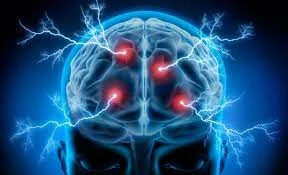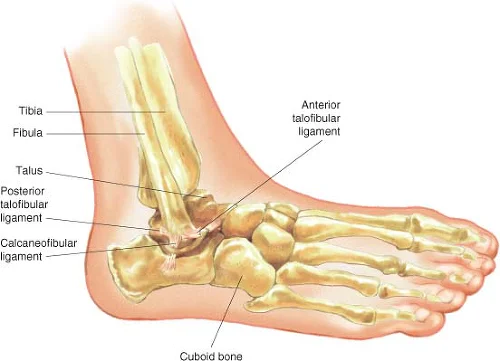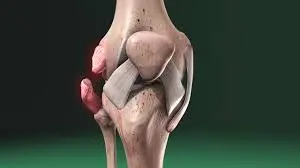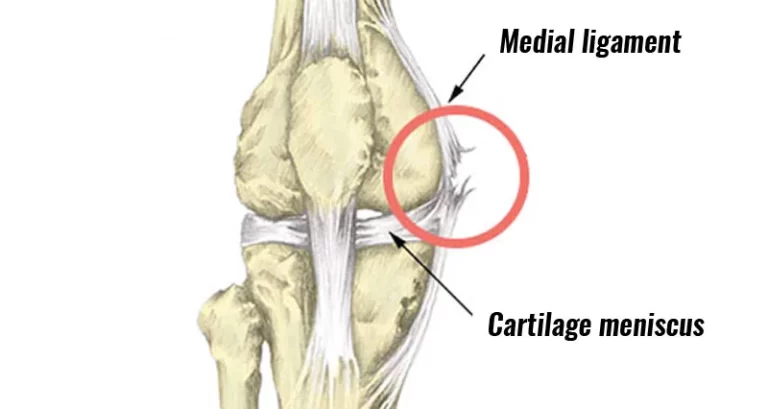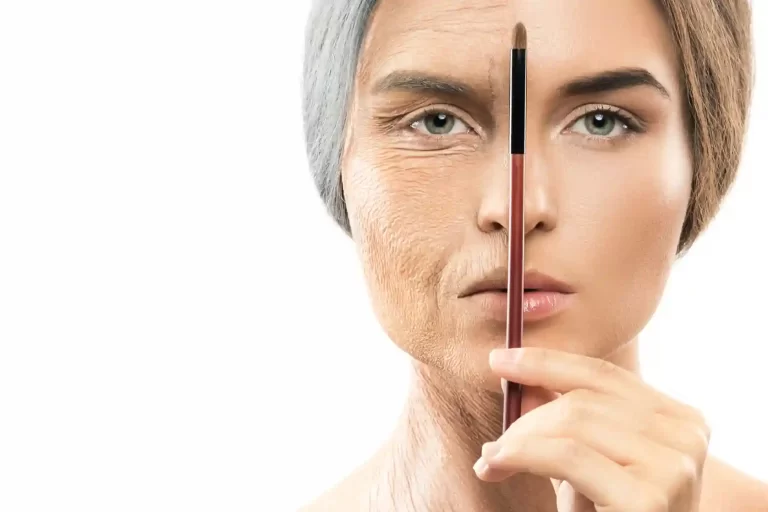Posterior Talofibular Ligament
Introduction The Posterior Talofibular Ligament (PTFL) is a strong ligament in the ankle that connects the talus to the fibula. It is the strongest of the lateral ankle ligaments and plays a crucial role in stabilizing the ankle, especially in preventing excessive posterior movement of the talus. Injuries to the PTFL are rare and usually…

